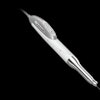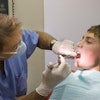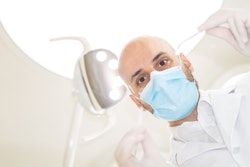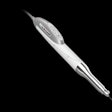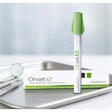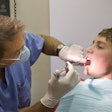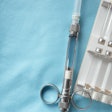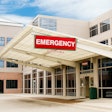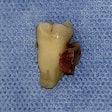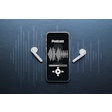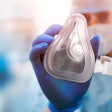
About 4 in 10 dental patients experience transient bradycardia or lower heart rates, which may lead to heart failure and cardiac arrest, while being administered local anesthesia under sedation. The study was published in BMC Oral Health.
Patients with a gag reflex and trait anxiety, a form of anxiety that occurs often and remains a consistent part of a person’s personality, appeared to experience the highest incidence of transient bradycardia, the authors wrote.
"A better understanding of TB (transient bradycardia) in dentistry is crucial for improving patient safety and optimising dental practice protocols,” Dr. Ryo Wakita of the Tokyo Medical and Dental University in Japan wrote (BMC Oral Health, October 1, 2024, Vol. 24, 1165).
Generally, local anesthesia for dental procedures is safe, but incidents of transient bradycardia have been reported at times. Transient bradycardia can prevent the brain and other organs from getting enough oxygen, leading to fainting and more dangerous complications like cardiac arrest.
Often, bradycardia is linked to the trigeminal cardiac reflex (TCR) and the vasovagal reflex and is characterized by a rapid decrease in heart rate and blood pressure. Though the prevalence of TCR is considered low, its predictors have not been fully explored, according to the story.
To investigate transient bradycardia occurrence during local anesthesia and its potential associated factors, a prospective study including 188 patients was conducted. Furthermore, logistic regressions were completed.
Of the 188 patients, 21 (11%) experienced vomiting reflexes during dental treatment. Also, 77 (41%) exhibited transient bradycardia symptoms, the authors wrote.
Of those who experienced symptoms, the largest drop in heart rate recorded was 30 bpm, and the lowest observed was 41 bpm. Additionally, 32 (17%) patients had heart rates below 60 bpm. Remarkably, none experienced severe low blood pressure and a decrease or loss of consciousness. Also, no patient needed pharmacological or therapeutic interventions, they wrote.
A significant correlation was found between the prevalence of the gag reflex (odds ratio [OR], 5.578; 95% confidence interval [CI], 1.726-18.025; p = 0.004). Additionally, positive findings for trait anxiety were found (OR, 2.529; 95% CI, 1.160-5.514; p = 0.020) with transient bradycardia occurrence, they wrote.
Nevertheless, the study had limitations, including that it failed to distinguish between bradycardia incidence induced by gag reflex and slow heart rate-triggered nausea or vomiting. Therefore, the possible likelihood of bradycardia in patients with a gag reflex remains uninvestigated, the authors wrote.
"Future studies should also aim to elucidate the precise mechanisms underlying TB during local anaesthesia through direct measurements of neural activity," Wakita and colleagues wrote.

